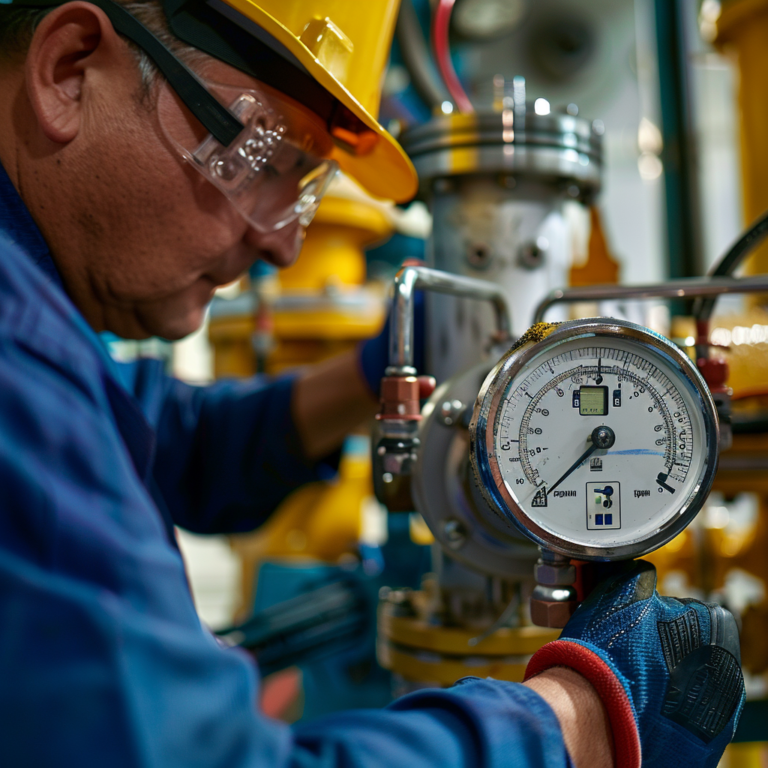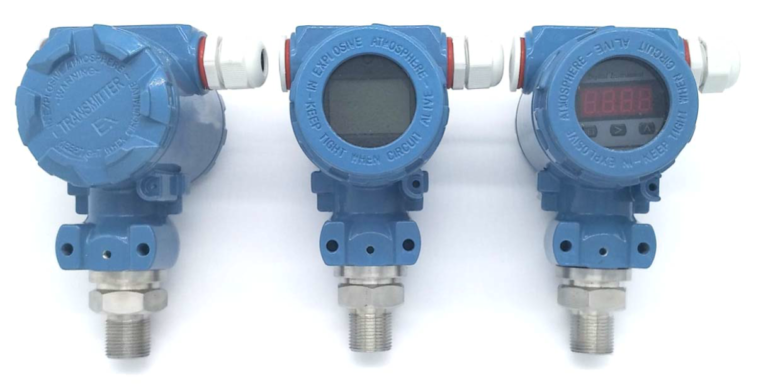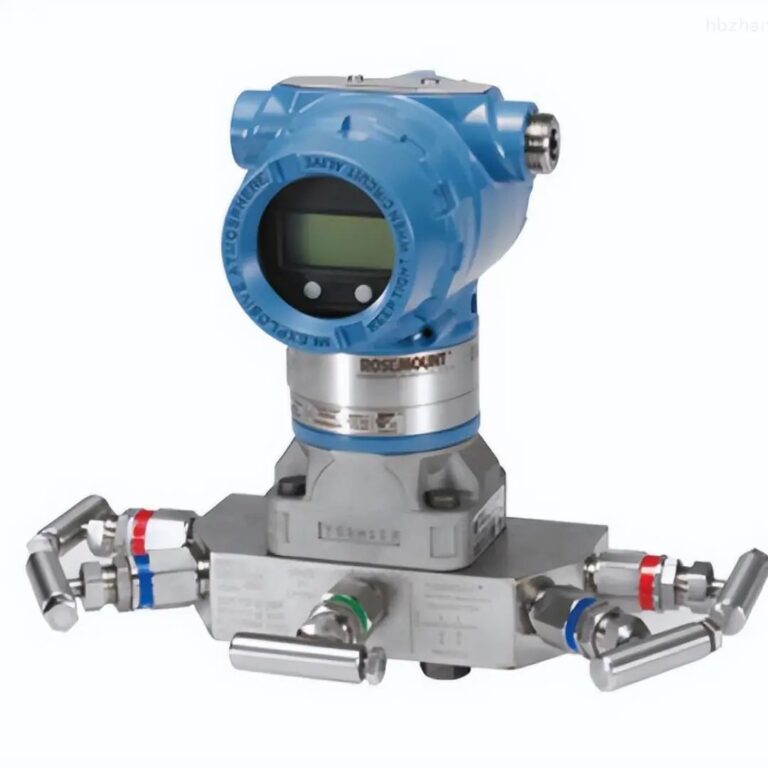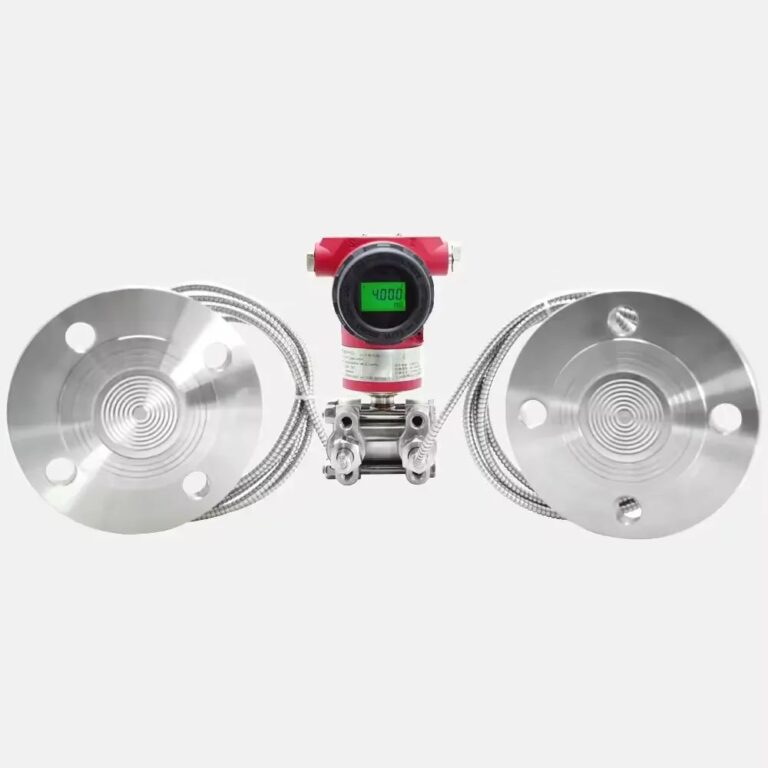Pressure transmitters are commonly used in various industrial applications, and understanding the migration phenomenon in these devices is crucial for accurate measurements. Migration in pressure transmitters can occur in three main forms: positive migration, negative migration, and no migration. This article explains the concept of each migration type and provides detailed guidelines on how to identify and address each situation.

1. Positive Migration
Positive migration refers to a situation where the output signal of the transmitter increases when the pressure input rises. It occurs when the pressure transmitter is calibrated so that the span of the measurement range is shifted positively. The essential feature of positive migration is that the zero pressure (0%) input results in an output signal that is greater than the working zero point, indicating a shift in the positive direction.
When is Positive Migration Required?
Positive migration is typically required when the pressure transmitter is subjected to a situation where the liquid level in a tank or container exceeds a certain threshold. For instance, when measuring the liquid level using a differential pressure transmitter (DPT), if the transmitter’s installation height differs from the measured liquid’s level, the static pressure caused by the liquid column needs to be accounted for.
Example Scenario:
Consider a differential pressure transmitter used to measure liquid level. When the transmitter is installed higher than the liquid’s level, the static pressure from the liquid (ρgh) can cause the output to exceed the normal measurement range. To eliminate this excess pressure, positive migration is applied to adjust the measurement and maintain accurate readings.

2. Negative Migration
Negative migration occurs when the output signal of the transmitter decreases in response to an increase in pressure. In this case, the calibration of the transmitter results in a span that shifts negatively, meaning the output signal falls below the working zero point.
When is Negative Migration Required?
Negative migration is needed when the installation height of the pressure transmitter is above the pressure tap or measurement point. This can result in negative pressure, such as when the transmitter is positioned higher than the liquid measurement point, causing an unintended reverse pressure on the transmitter. In such cases, negative migration ensures that the transmitter compensates for this reversed pressure, allowing for accurate pressure measurements.
Example Scenario:
In applications using a differential pressure transmitter for liquid level measurement, if the installation point is above the liquid level, the pressure in the negative chamber of the transmitter will be greater than that in the positive chamber, even without any external pressure. This creates an incorrect reading, which can be corrected by applying negative migration.

3. No Migration
No migration occurs when the transmitter does not experience any shift in its output signal despite changes in the input pressure. This typically happens in certain configurations, such as in differential pressure transmitters used for measuring liquid levels in tanks with specific pressure conditions where the transmitter is set up to avoid any shift.
When Does No Migration Apply?
No migration occurs in setups where the transmitter does not need any adjustment to its range because the pressure conditions do not cause any deviation from the expected signal output. For example, when measuring differential pressure in tanks with liquid levels and the transmitter is correctly installed, there might not be any need for migration as the pressure at the zero point is properly balanced, resulting in no need for recalibration.
4. Application in Differential Pressure Transmitters
Differential pressure transmitters are commonly used in liquid level measurements, and migration plays a crucial role in ensuring accurate readings. Whether the transmitter needs positive or negative migration depends on the specific installation conditions, such as the placement of pressure taps and the installation height.
For example:
- Positive Migration is required when the transmitter is positioned lower than the pressure tap, and the static pressure due to the liquid column must be accounted for.
- Negative Migration is applied when the transmitter is positioned above the pressure tap, and the reverse pressure needs compensation.
In both cases, migration adjustments are necessary to ensure that the output signal accurately reflects the actual pressure or level being measured, compensating for any additional or missing pressure caused by the installation setup.

5. Conclusion
In conclusion, understanding positive, negative, and no migration in pressure transmitters is essential for ensuring accurate measurements in industrial applications. By recognizing the conditions under which each type of migration occurs, operators can correctly calibrate their transmitters and maintain the precision of their measurement systems. Whether it’s a positive or negative migration, the key to successful measurement lies in compensating for the effects of static pressure and ensuring that the transmitter’s output corresponds accurately to the desired pressure or level.
